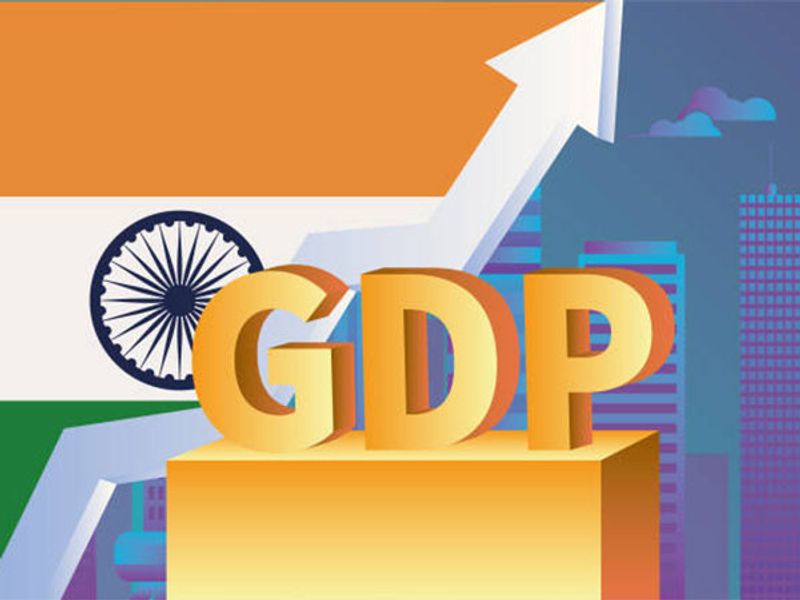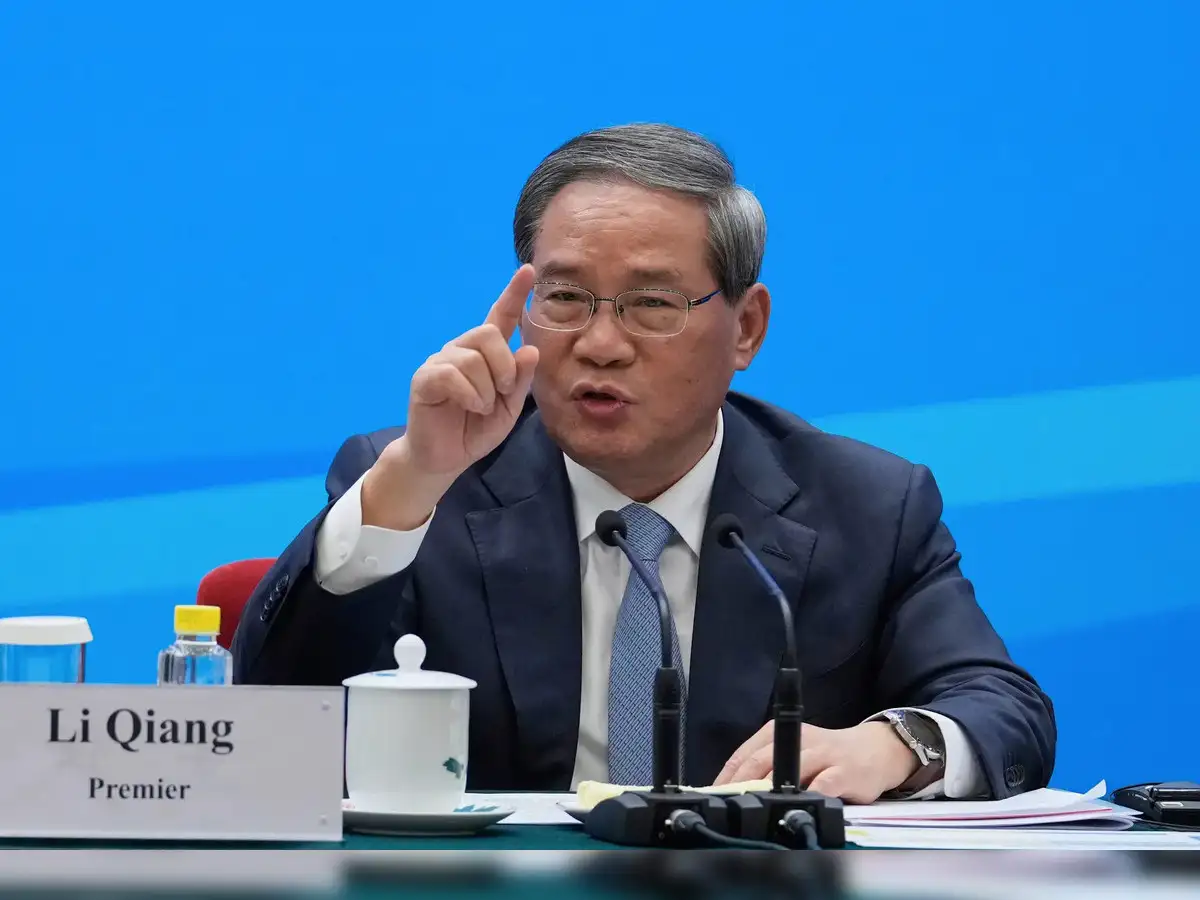 Image Source: The Tribune
Image Source: The Tribune
In a landmark development for India’s global financial standing, S&P Global Ratings has upgraded the country’s long-term sovereign credit rating from ‘BBB-’ to ‘BBB’, citing robust economic growth, sustained fiscal consolidation, and improved spending quality. The Indian government has welcomed the move, calling it a “validation of India’s economic resilience and policy stability.”
This marks the first sovereign rating upgrade for India in 18 years, with the last such revision occurring in January 2007. The upgrade places India one notch higher within the investment-grade category, a shift that could significantly lower borrowing costs and boost investor confidence.
What the Upgrade Means
A sovereign credit rating is essentially a country’s financial report card. A higher rating signals to global investors and lenders that the country is a safer bet for investment and debt issuance. With the new ‘BBB’ rating and a stable outlook, India is now seen as a more reliable borrower, which could lead to:
-
Lower interest rates on international loans
-
Increased foreign direct investment (FDI)
-
Greater access to global capital markets
-
Improved perception of India’s macroeconomic stability
S&P also upgraded India’s short-term rating to ‘A-2’ from ‘A-3’, and revised its transfer and convertibility assessment to ‘A-’ from ‘BBB+’, further reinforcing India’s improved credit profile.
Why the Upgrade Happened
S&P cited several key factors behind the decision:
Buoyant Economic Growth: India’s real GDP growth averaged 8.8% between FY2022 and FY2024, the highest in the Asia-Pacific region. The agency projects continued strength, with 6.8% annual growth expected over the next three years.
Fiscal Consolidation: The government has shown a clear commitment to reducing deficits. S&P projects the general government deficit to shrink from 7.3% of GDP in FY2026 to 6.6% by FY2029.
Improved Spending Quality: A shift toward capital expenditure—roads, ports, railways—has enhanced long-term growth potential. Public infrastructure investment now stands at 5.5% of GDP, up from 2% a decade ago.
Inflation Control: The Reserve Bank of India’s inflation-targeting regime has anchored expectations. Consumer price inflation has averaged 5.5% over the past three years, well within the RBI’s target range.
Resilience to External Shocks: India’s reliance on domestic consumption (60% of GDP) buffers it from global volatility, including recent U.S. tariffs and shifts in energy imports.
Government Reaction
The Ministry of Finance issued a statement celebrating the upgrade:
“The ratings upgrade reaffirms that under Prime Minister Narendra Modi’s leadership, India’s economy is truly agile, active, and resilient,” the ministry said on social media.
Officials emphasized that the move reflects years of disciplined fiscal policy, infrastructure investment, and inclusive growth strategies. The government has long argued that global rating agencies have undervalued India’s fundamentals, even including a chapter in the 2020-21 Economic Survey titled “Does India’s Sovereign Credit Rating Reflect Its Fundamentals? No!”.
Global Context
The upgrade comes at a time when many emerging markets are struggling with inflation, debt, and geopolitical uncertainty. India’s ability to maintain growth and fiscal discipline amid these challenges has set it apart.
S&P noted that while risks remain—such as potential backsliding on fiscal reforms or a slowdown in structural growth—the current trajectory is positive. A further upgrade could be possible if India narrows its fiscal deficit and reduces net government debt additions below 6% of GDP on a sustained basis.
What’s Next?
India’s improved rating is expected to:
-
Attract more foreign institutional investors (FIIs)
-
Enable cheaper sovereign and corporate borrowing
-
Strengthen India’s position in global trade negotiations
-
Encourage continued reforms in taxation, infrastructure, and digital governance
However, S&P cautioned that maintaining this rating will require continued policy stability, prudent fiscal management, and structural reforms.
Sources: ZeeBiz, Indian Express, The Week, LiveMint, Firstpost:, Business Today
Advertisement
Advertisement





